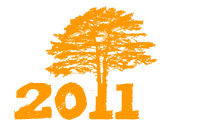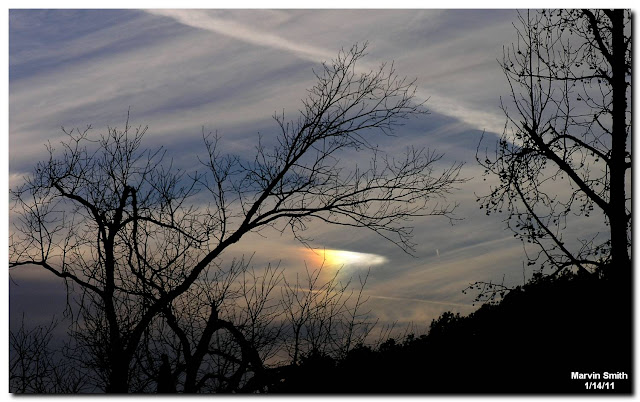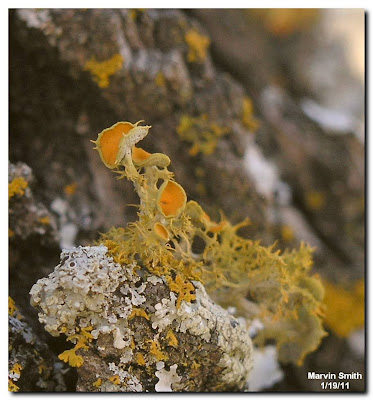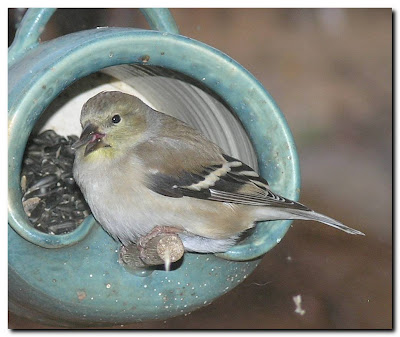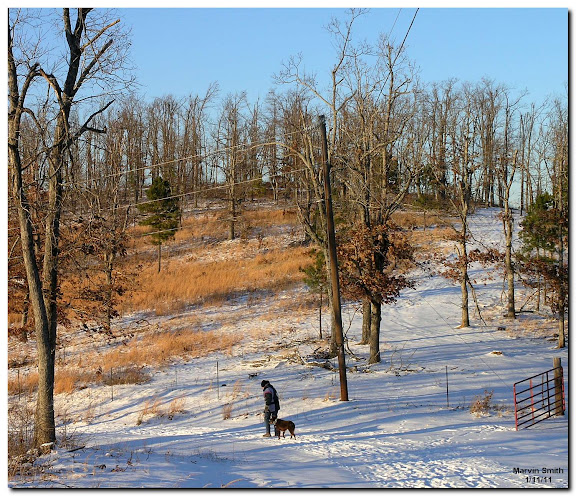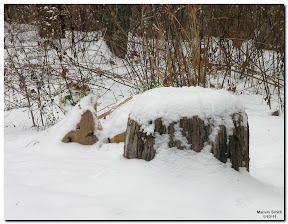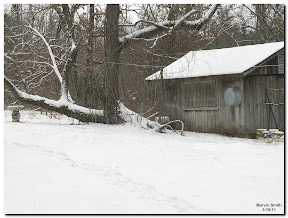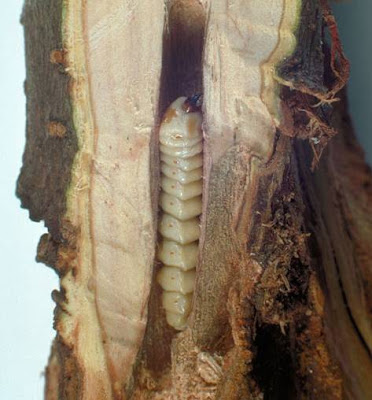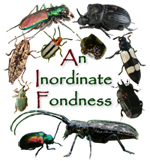This American Persimmon I'm observing for The Tree Year 2011 has had a very hard life in recent years:
2007: We had a very late hard freeze. The persimmon had already bloomed and set fruit. All fruits were killed by the freeze. All our trees suffered that year. Most were blooming or had bloomed, and a few were even beginning to leaf out. All that tender growth was killed by the low temperatures. There were hardly any fruits, nuts or other seed forms that year. As I remember it, only the hickories escaped damage and bore nuts because they'd not yet bloomed.
2008: As if to compensate for not bearing fruit the previous year, this persimmon tree was loaded with persimmon fruit in 2008 -- too loaded. Several limbs broke under the weight of ripening persimmons.
2009: A very bad year of all of the trees on our place. We had a severe ice storm in late January. No tree escaped damage. Many we stripped of branches, snapped in two or fell and were uprooted. It's not an exaggeration to say that the woods on our property will not look the same within my lifetime. Considering all the damage, this persimmon came through the event in fairly good shape, only losing several more branches. Branches lost in 2008 and 2009 are the reason for this tree's very asymmetrical shape and prolific new branch growth.
2010: Close to normal, though our summer was very hot and dry. The persimmon bore fruit and there were no obvious signs of ill effects caused by our hot, dry weather, but I'm sure the dry conditions added to the tree's load of stress.
2011: I will observe, photograph and see what happens.
Celebrate a tree in 2011. It's easy: Observe, photograph, sketch, discuss and share with other tree huggers. Please click the logo above for participation details.
.

